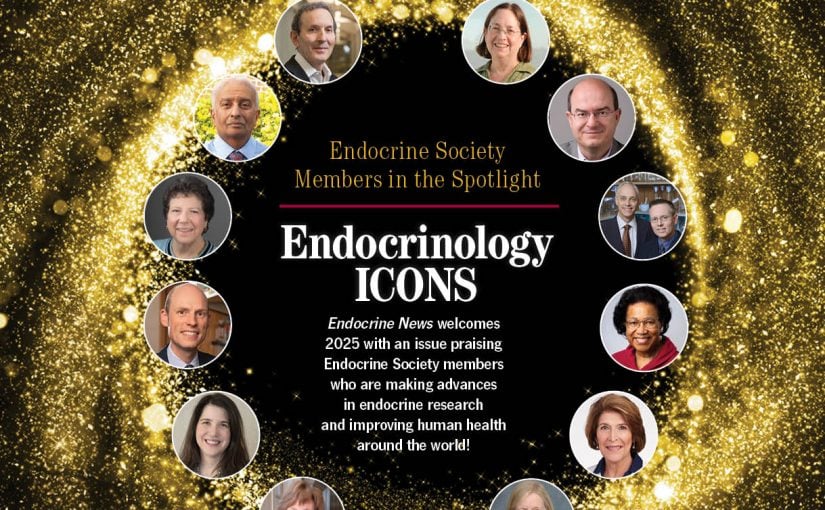Over the past few years the Endocrine Society has gradually expanded its influence and profile worldwide. We have been engaged in a number of international activities and outreach programs and collaborated with several organizations around the world. From my perspective, this has truly been a banner year. To highlight this, I will briefly review some of this year’s activities and collaborations.
Ambassador Exchange Program: Year 3
This is the third year of the Ambassador Exchange Program initiative conceived by Past President William Young. In this year’s exchange, the participating organizations are the University Medical Center HCMC in Ho Chi Minh City, Vietnam, and the University of California — San Francisco (UCSF). This exchange, as with the previous ones, will prove to be an invaluable experience for the trainees and their mentors to observe how national, ethnic, economic, and cultural factors shape endocrine care.
Highlights of ENDO
There were three Highlights of ENDO programs this year: the first one in Seoul, South Korea, held in May in conjunction with the Korean Endocrine Society’s national meeting; the second in Curitiba, Brazil, in September at the Brazilian Society of Endocrinology and Metabolism Congress; and the third one in Cordoba, Argentina, in October during the Congress of the Argentinean Federation of Endocrine Societies. These meetings attracted a large number of attendees who expressed how much they benefitted from the information presented. Importantly, we recruited new members from the host countries to the Endocrine Society and created new interest and awareness of the Society’s programs and services. The interpersonal relationships established between our speakers and the leaders of these organizations should yield many benefits over the years.
International Collaborations
We have established several collaborations with international societies, all resulting in very productive and well-attended activities. The Endo-Bridge program, hosted by the Society of Endocrinology and Metabolism of Turkey (SEMT) in conjunction with the European Society of Endocrinology (ESE) and the Endocrine Society, was held for the second year in October. The third Endo-Bridge is already scheduled for October 15–18, 2015 in Antalya, Turkey.
The International Clinical Update program in Endocrinology (ICUE) in India was organized as a collaborative effort between the Endocrine Society of India (ESI), the International Society of Endocrinology (ISE), the Society for Endocrinology (UK) and the Endocrine Society (USA). Th is collaboration brought together four of the world’s most dynamic endocrine societies, to share evidence and experience, and to improve the science of endocrinology in India.
The Society has participated at other international societies’ meetings such as the Chinese Society of Endocrinology in August, the Peruvian Society of Endocrinology in October; the 19th Annual Scientific Conference of the Egyptian Association of Endocrinology, Diabetes, and Atherosclerosis (EAEDA) that was held in Alexandria, Egypt, in November; and the Mexican Society of Nutrition and Endocrinology in December.
In 2015, the Endocrine Society will be participating in several international meetings in Greece, Mexico, Spain, and Brazil, to name a few of the locations that have been confirmed.
Leadership Role in EDCs
Although this topic deserves its own President’s Viewpoint to cover all the work that has been done in this area, I would be remiss if I didn’t mention the Endocrine Society’s leadership role in the endocrine-disrupting chemicals (EDCs) area, which started with the development of a Scientific Statement in 2009. Since then, the Society has participated in European Union Commission meetings on EDCs and has been fully engaged in advocacy and policy work related to EDCs in the U.S. and Europe. This is an area that will require further attention and action from the international endocrine community and the Endocrine Society will continue to lead the way in this area.
Throughout the past several years, our progress on the international scene has been a major success for the Society. As Thomas Friedman articulated so well in his book, The World is Flat, technology has opened up our ability to extend our reach worldwide, and we as a Society have recognized that. From the long-term perspective, this should result in improving endocrine science and patient care worldwide. Feel free to contact me at [email protected] if you have any questions or comments.
Richard J. Santen, MD
President, Endocrine Society

